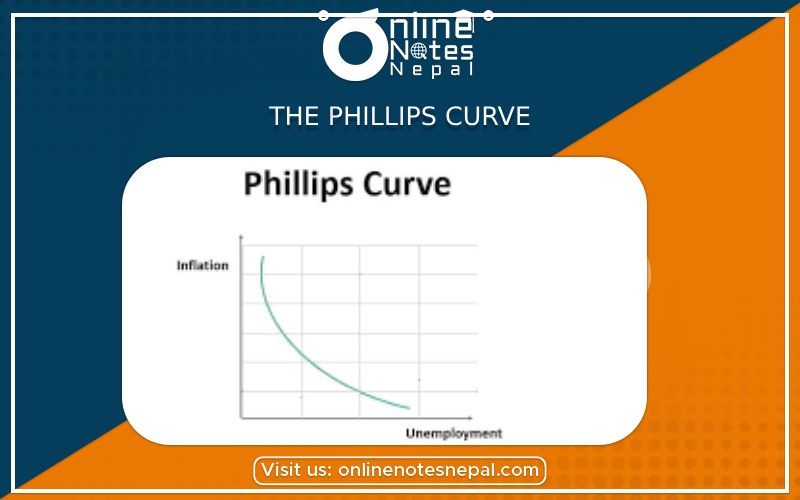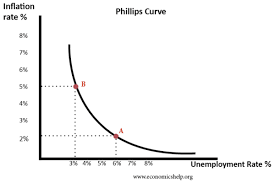Published by: Dikshya
Published date: 07 Jul 2023

The Phillips Curve is an economic cocept that illustrates the inverse relationship between unemployement and inflation in the short run. It was named after British economist A.W. Philips, who first observed this relationship in the 1950s.
According to the Philips curve, when unemployement is high, inflation tends to be low, and vice versa. This relationship is often represented graphically as a downward-sloping curve. When unemployement is high, there is less competition for jobs, and workers may have limited bargaining power, leading to lower wage growth. When unemployment is low, the demand for labor increases, which can result in higher wages. As labor costs rise, businesses may pass on those increased costs to consumers in the form of higher prices, leading to inflation.
The Philips curve can contribute to macroeconomic stabilization efforts. By recognizing the inverse relationship between inflation and unemployement, policy makers can use monetary and fiscal policies to guide the economy towards a desired balance between these varaiables. 